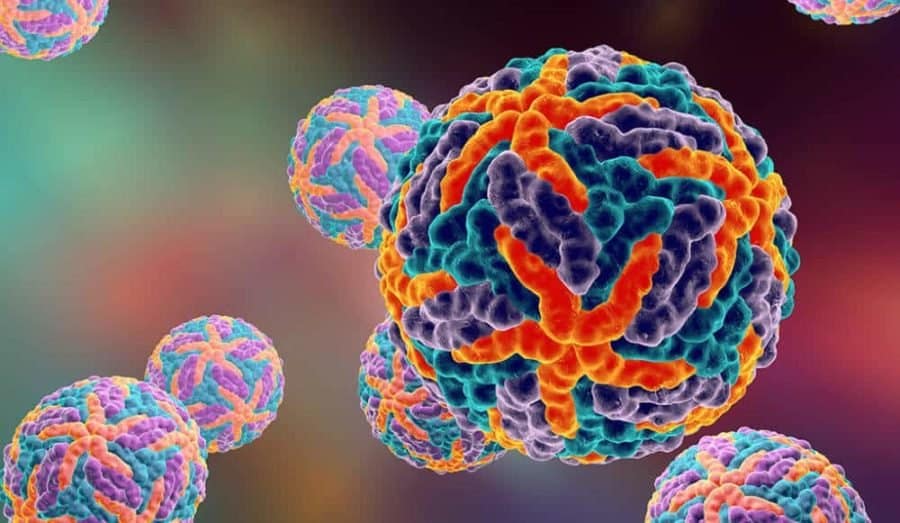When the Zika virus arrived in the Americas in early 2015, it struck hard, infecting 73% of people in one Brazilian community at the epicenter of the pandemic, according to a new study led by the Yale School of Public Health.
The study, conducted in collaboration with the Oswaldo Cruz Foundation-Brazilian Ministry of Health and international partners, is published in Science.
The findings confirm why the epidemic of Zika-associated birth defects was so severe in Brazil. “The exceedingly high infection rate among pregnant women from impoverished communities such as our study site was surely the major reason why we had a large outbreak of microcephaly among infants at the end of 2015,” said Albert Ko, a professor at the Yale School of Public Health and one of the study’s lead authors.
The research also reveals that people who had antibodies to dengue — another common mosquito-borne virus circulating in much of the world’s tropical regions — were less likely to become infected with Zika during the outbreak.
Zika and dengue viruses share many genetic similarities and circulate in the same regions. A key open question has been whether antibodies that are generated from a dengue infection protect people or make them more susceptible to a Zika infection.
“This study is the first to evaluate this question and demonstrate that immunity to dengue can protect against a Zika infection in human populations,” said Federico Costa, associate professor at the Federal University of Bahia and associate adjunct professor at the Yale School of Public Health.
The researchers followed 1,453 residents from a densely populated slum community in the city of Salvador, Brazil, during the 2015 Zika outbreak. They used a novel test for identifying Zika infections in surveys of large populations.
While the overall rate of infection was high in the neighborhood that was studied, the researchers found wide differences in the risk of Zika infection across short distances. Depending on where people lived, rates of infection varied from a low of 29% to a high of 83%.
The authors state that although there were pockets of the community that were not hit by Zika during the outbreak, the large majority of the population was infected with the highly transmissible virus and developed immunity to this virus, which in turn drove transmission to extinction and caused the outbreak to burn out.
“The Zika pandemic has created overall high rates of immunity to this virus in the Americas, which will be a barrier for outbreaks in coming years,” said Isabel Rodriguez-Barraquer, an assistant professor of medicine at University of California, San Francisco.
The study was supported by the Yale School of Public Health, Brazilian Ministries of Health, Education and Science and Technology, and the National Institutes of Health through grants NIAID R01 AI121207, NIAID U01 AI088752, FIC R01 TW009504 and FIC R25 TW009338.


